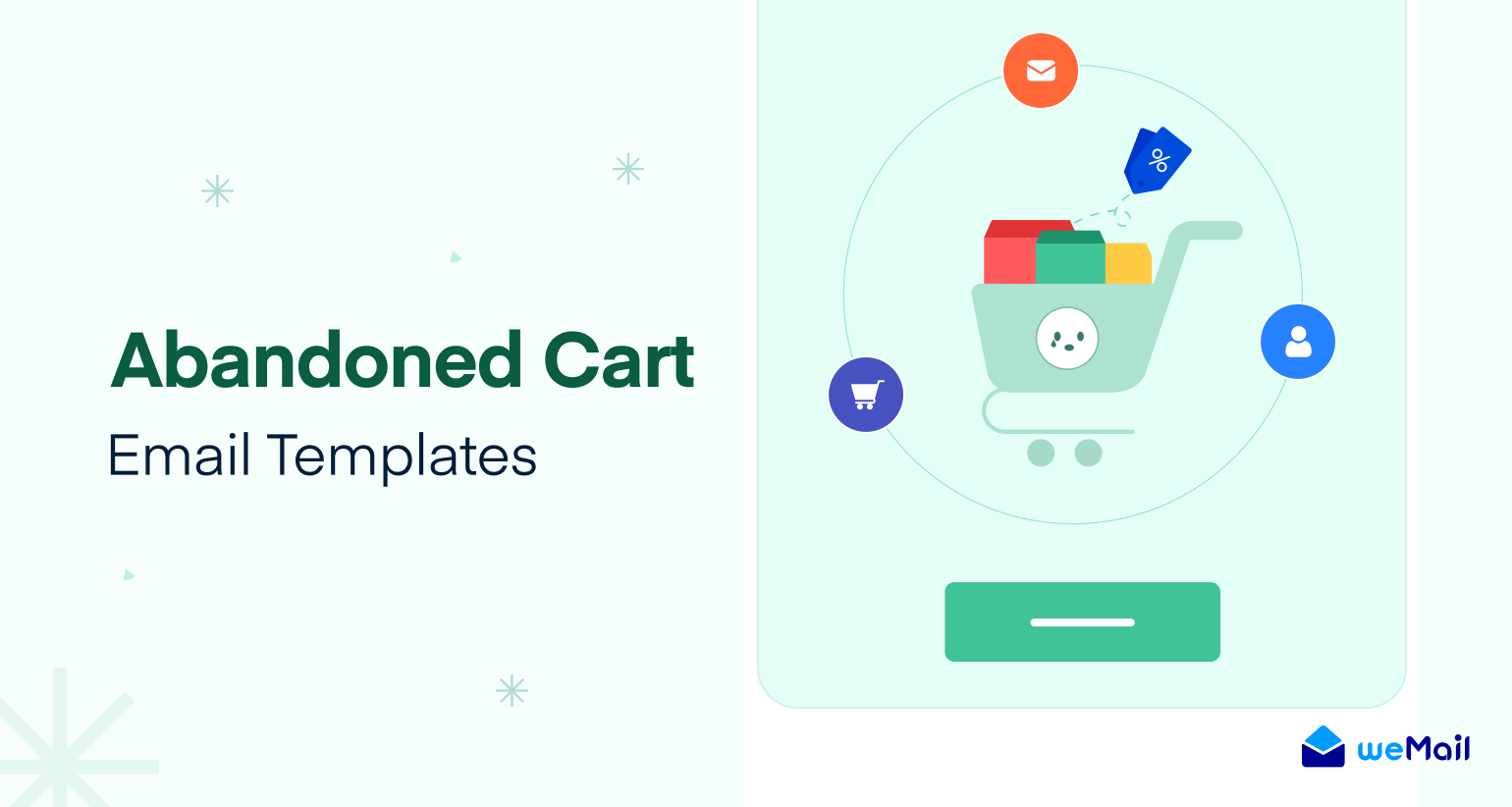11 Proven Tips for eCommerce Conversion Rate Optimization
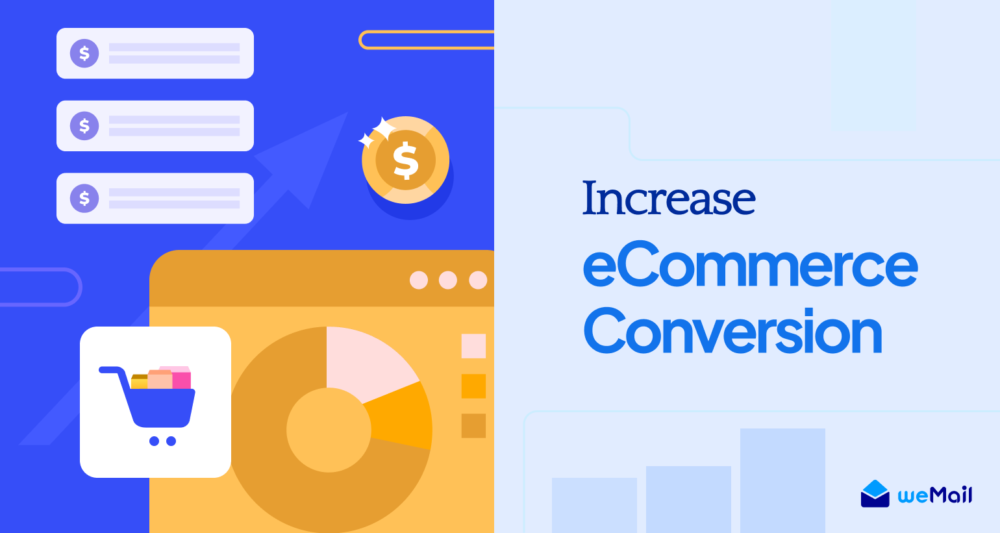
As an eCommerce site owner, your goals should centered around conversion. Increasing sales numbers not only make your business big, but it will also help you to sustain in an overcrowded market, and push your limits higher.
Conversion is a broad concept where sales is a core component, but it consists of elements like a simple click on CTA, email subscription, user-generated posts on social media, and much more.
However, eCommerce CRO (conversion rate optimization) is a dynamic process. You must implement the best practices and change your strategies whenever required.
We will show you some proven tips to increase your eCommerce conversion rate. First, we begin with the definition.
What is eCommerce Conversion Rate Optimization
eCommerce conversion rate is the percentage of people who visit your eCommerce shop and purchase something.
And eCommerce CRO is the initiative to increase your overall e-commerce conversion.
We’ve mentioned earlier that conversion comprises a set of similar elements. To optimize your eCommerce conversion rate, you need to work through all the elements.
In your eCommerce website, some of the main conversion types could be –
- A customer purchases something
- A visitor adds a product to the cart
- Someone subscribes to your newsletter
- Social media shares, etc
There would be some other actions you may like to consider as a conversion. But the aforementioned actions can define the thing.
Most marketers believe eCommerce conversion rate optimization is all about boosting your sales out of your overall website visitors. Which is right as a mainstream idea.
However, to become a successful and pioneering eCommerce owner, you may love to follow the footprints of the industry leaders. As often, they would love to run an A/B test, understanding the user journey to find out what makes someone getting interested, and what makes the user experience better. According to Forrester, a better UX can increase your conversion by up to 400%.
What is an Ideal eCommerce Conversion Rate?
The average eCommerce conversion rate revolves around 2.5 to 3% (Shopify). According to industry trends, you will be doing fine if you generate even 2-3% sales.
So, what should be the goal here? An ideal eCommerce conversion rate can be 3% or more. Also, you never know how much you can grow if things go right.
Also, there are other estimations, that show even a bit of underplaying numbers –
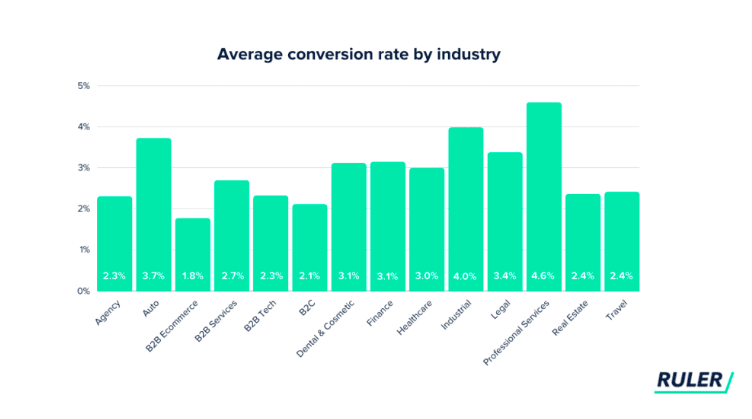
If you look for more information and break down the data, you can easily understand why generating a better conversion rate is so challenging, and you should implement needful measures to optimize it.
Proven Tips to Increase Your eCommerce Optimization Rate in 2024
A business grows with its customers. And most successful business practices to see what lies in the opposite. To achieve success, you should do the same – let’s try to put on your customers’ shoes. Try to find out where to improve, and where you can bring changes.
Now check the following tips which are designed to improve your eCommerce COR –
1. Use Better Images to All of Your Products
Using high-resolution images and videos is a proven way to improve the user experience of your eCommerce shop.
Users who visit your shop can’t touch or feel the product. To ease this situation, you can exhibit your products with attractive and professional images. You should also add videos so that the user can examine them virtually from every angle.

Like Amazon or Alibaba, you can use the original product. Something like that will have a good impression on your potential customers and increase your eCommerce conversion rate.
2. Optimize eCommerce Checkout Process
Lost orders worth $260 billion can be recovered by improving checkout flow and design.
Baymard Institute
I was trying to purchase a book from a local online store. When I went to the checkout page, I was in front of a five-step process asking for a lot of information and blah-blah. You know what happened. I left the cart (Well, I bought the book from another store anyway).
It could be an everyday experience for anybody.
An easy checkout page is what makes the overall buying experience smooth. It reduces the abandoned cart rate and overall eCommerce conversion rate.
So, what should you do and don’t while designing your eCommerce checkout page?
Do’s
- Make it simpler and faster
- Show progress indicator
- Display shipping information
- Initiate guest checkout
Don’t
- Longer checkout process
- Limited payment gateway
- Cluttered design
- Technical issues and error
If you already have a stable and clean checkout process, keep optimizing and try to improve it. That’s how you can reach your goal.
3. Free Shipping Offer
Who doesn’t love free shipping? If you interview (say 50) random people, most of them will show their likeliness of free shipping. The reason is simple: most think shipping costs cause them to pay more for a product.
70% of consumers love free shipping when shopping online.
The real case is quite the opposite because shipping is expensive for any eCommerce shop, and no business owner gets an extra penny from the shipping charge.
However, if you can develop a system (It could be a personal delivery network, or you may crack a special deal with a product delivery platform) you can mitigate this cost and offer free shipping to your customers as an incentive.
Free shipping is indeed gonna increase your eCommerce conversion rate.
4. Competitive Pricing Strategy for Your Brand Items
Pricing strategies differ based on industry, target customers, and even cost of goods. In ecommerce for example, subscription-based pricing models are common. In more competitive markets, competitive pricing is often the way to go.
Desirae Odjick, Shopyfy
Pricing is a tricky factor. You can charge more and also may like to charge less for your brand product. But which would be good?
The best solution is being competitive. Your potential customers always choose the best price, something that benefits them the most.
To do that, you need to analyze the product pricing of your competitors, market trends, and sustaining quality of your brand items.
And, when you can manage to send the offer to your customers at the right time (For example – send the right email campaign), your eCommerce conversion rate optimization going to roll on smoothly.
5. Showcase Product Reviews
95% of customers read reviews before buying a product. Where 49% of people trust online reviews besides personal recommendations for making a purchase decision.
As an eCommerce website owner, you should utilize the power of product reviews.
You can find a lot of reviews on Amazon or eBay whenever want to purchase something. Here’s an example from Best Buy –
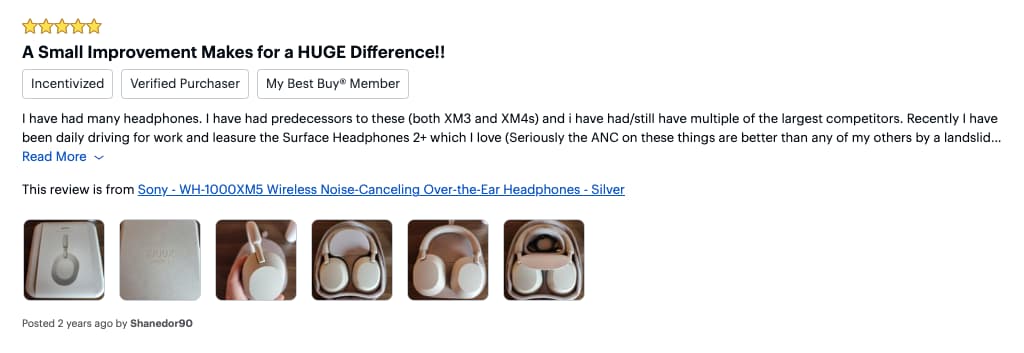
Well, there are some steps you must take to implement this strategy. Here’s how –
a. Create a public review section for each of your products on the website
b. Allow customers to post reviews
c. You can send emails to your customers and ask for providing their feedback
Showing reviews build trust, and influence a visitor to buy the product. And, it’s a proven technique for eCommerce CRO.
6. Implement Live Chat and AI Chatbots
Using live chat or AI chatbot software is one of the most popular practices. It lessens the hassle of communicating with users and also saves time and effort. Besides that it is affordable, and a customer can get instant assistance 24/7.
However, being careful while implementing these types of tools in your eCommerce website is necessary.
For example, take a look at this chatbot example from Domino’s –
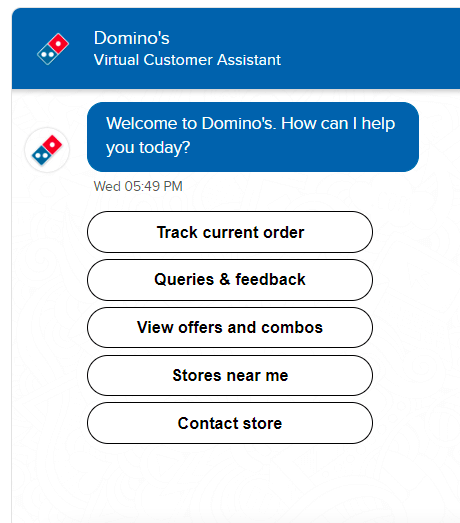
The problem with this chat window is there are no visible closing options. A troublesome chat experience indeed.
There’s another common error that happens with the popup chatbot or a cluttered one. Which may interrupt user experience.
So, while going for adding a chatbot to your system, be careful of the following –
a. Avoid a chatbot with a dull personality, try to make the responses lively. To do this, you can give it a name
b. Test the chatbot before launch, and try to fix the errors (If there are any) before making it available to users
c. Don’t make your chatbot a pretender (as a human). Be transparent about it.
Well, a well-natured and programmed chatbot surely lets your customer hooked on their interests, and by providing adequate responses, you might be getting a good number of conversions.
7. Make a Faster Loading and Highly Navigational eCommerce Site
Making a faster site improves user experience and boosts conversions. Almost 70% of users said that site loading speed is one of their main factors for an online store to shop.
Your goal should be to develop a clutter-free and faster website that also combines easy navigation. A website that is well-mapped and designed.
You can structure your eCommerce shop by product categories like ‘shop by brand’, ‘shop by product types’, ‘shop by discounts/sales, etc.
Also, a powerful search option is a key factor to let the user take to the desired product page. And sadly, this is often overlooked. If you want a better result, you must implement a faster product search.
8. Offer Limited Time Coupon Codes

Coupon codes are easy to create and remain an effective way to boost your sales. You can apply limited-time coupon codes to your checkout page.
The benefits are solid – limited-time coupon codes inspire a potential customer to complete a purchase. It also reduces the cart abandonment rate.
Well, the ‘limited time’ gonna create a FOMO effect on your customer which may positively impact the conversion rate.
Additionally, this technique applies to your overall marketing campaign as a popup form or a landing page.
9. Use a Cart Abandonment Tool
A high cart abandonment rate could be the main reason for an eCommerce business not making enough conversion.
According to a study by Hotjar, more than 70% of people abandoned carts.
We’ve found this is a norm, and you should work to reduce the percentage bit by bit.
Where the average number is 70%, what could be considered an alarming rate? Well, more than 70, and it could go higher like 70% or even 90% based on your desktop or mobile app user.
So, this trouble is real, and most eCommerce website owners try to resolve the issue by using shopping cart abandonment software. The right tool can aid you in with –
- Understanding customers journey
- Make better decisions with the customer journey data and improve user experience
- Increase eCommerce conversions
Some of the best shopping cart abandonment software are – Yieldify, OptinMonster, Rejoiner, Bunting, Klavyo, etc.
10. Display Shopping Cart Content

This is one of the common techniques followed by the leading eCommerce websites around the globe.
Say for Amazon, whenever you add cart a product, you can see the added product just in the top right section, popping. The cart stays in front of you, whichever page you visit.
Why do we think this is a winning strategy for eCommerce CRO?
Surfing and scrolling through an online shop is quite similar to walking through a brick-and-mortar store.
In a physical shop, you walk and see a lot of products, and if you don’t put one in your cart, possibly you may forget many essential items. But the item in the cart assures it that you pick all the needful items right.
Showing the product added in the online shop works the same, you don’t let the shopper forget whatever they have added or thought they want to purchase.
11. Make Your eCommerce Site Mobile Responsive
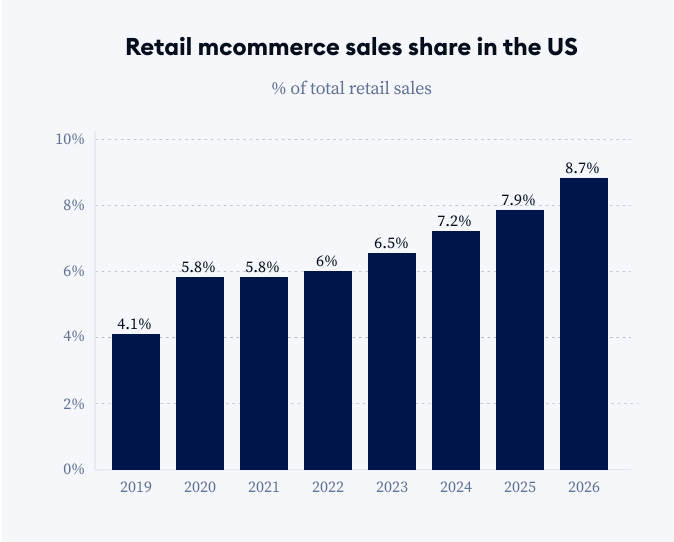
The global eCommerce sales from mobile users going to reach higher and higher (You may love to look back at the chart above). It was evident and experts forecasted mCommerce gonna lead the way in the coming days.
Your game here is to boost your sales from mobile users. So, you must make your eCommerce website mobile-friendly. You should develop a website that is easily accessible on mobile devices (Smartphones, tablets), and add features so that people can shop from their mobile faster than usual.
Final Thoughts on eCommerce Conversion Rate Optimization
Drive your eCommerce sales isn’t something you get to pick once and forget to innovate. It’s a wheel, and you must keep the wheel moving.
How? By adopting the tips we’ve shown you above, and looking for more to add them to your eCommerce CRO process. Before we go, here’s a checklist of best practices worth mentioning –
- Always observe the activities of your users, visitors, and potential customers
- Keep asking questions to your audience, and handling the survey process smartly. Tell them your goal is to help them get better services
- Send weekly newsletters, send them the best content you’ve published, and ask them to give feedback
- Try to find issues that hamper your eCommerce user experience and resolve them ASAP
And, last tip not the least: you should always have KPIs to measure. Without KPIs, you can’t get any better results. Only measurable KPIs and continuous A/B testing can turn your eCommerce CRO initiatives a success.


